The Forget-Me-Not was a 48.5 feet fishing boat owned by David Ballingall with the registration KY 2011. In the above photograph, it is shown returning into Largo Harbour in the days when wooden fenders were in place as a protective measure against collisions against the main pier structure. The highest fending on the pier are what were known as “branders”. These were put in place to protect the paddle steamers from damage by the stonework of the Pier.
By their very nature, the most important and vulnerable parts of a paddle steamer are the two sets of paddle wheels. When lying alongside, the whole weight of a paddle steamer is being taken along the paddle box, the only part of the vessel actually touching the harbour wall. As such, the branders ensured that the paddle wheels were always well away from the stonework of the Pier which, in the case of Largo Pier, was very uneven. The branders were of such a height that the paddles were still protected when lying alongside at high water, spring tides.
Built in 1882, in Fulton's boatyard in Pittenweem (pictured above), the 4 March 1882 Fife News below noted that, on completion of the Forget-Me-Not, the carpenters and crew were treated to a supper. The new carvel-built boat promptly joined other Largo boats at the herring fishing.
Seven years later, on 9 February 1889 there was a close call when the Forget-Me-Not got into difficulty at the entrance to the new harbour at Dunbar. The Dundee Courier of 11 February below describes how the vessel hit the rocks and began to sink before being blown into the harbour mouth. Fortunately, the crew were rescued and the stricken boat moved to safety.
The story continues in the 22 February Fifeshire Advertiser (below). The boat was refloated and towed by a Leith tug to Pittenweem. Back at Fulton's boat yard, where she had been built seven years previously, the Forget-Me-Not was extensively repaired. This came at considerable cost to David Ballingall, as the boat was not insured at the time of the incident.
After repairs were completed, the Forget-Me-Not was back in business and able to once again join other Largo vessels at the herring fishing. The piece below from the 13 July 1893 Fifeshire Journal reports that she joined Thomas Lawrie's 'Sultan' and other local boats on a trip up to Peterhead and Aberdeen.
The Forget-Me-Not has been captured on camera more than once and even featured prominently on a Largo postcard (below). In the this image, a large crowd, including several women and children, has gathered on the pier end. Could this have been family gathering to see off the crew as they departed on one of their longer and further flung fishing engagements?
In the zoomed in detailed image of the boat below, you can just make out the boat name (to the left of the registration) and a number of the crew on board. If you know more about David Ballingall, the Forget-Me-Not or other members of this crew - please comment.
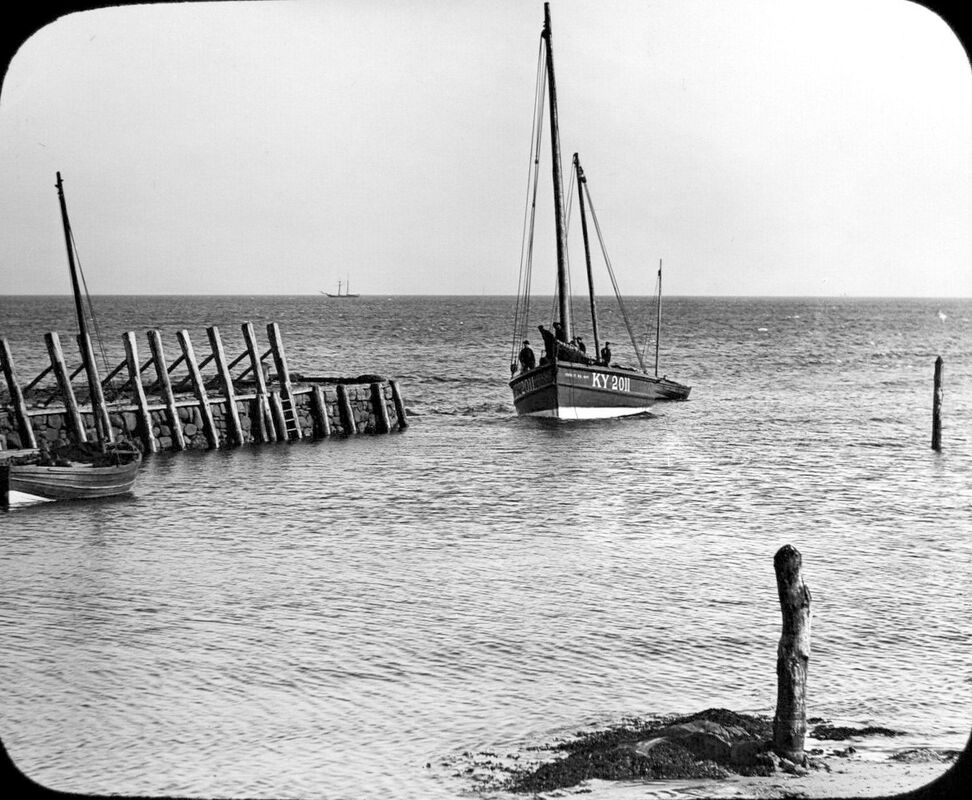
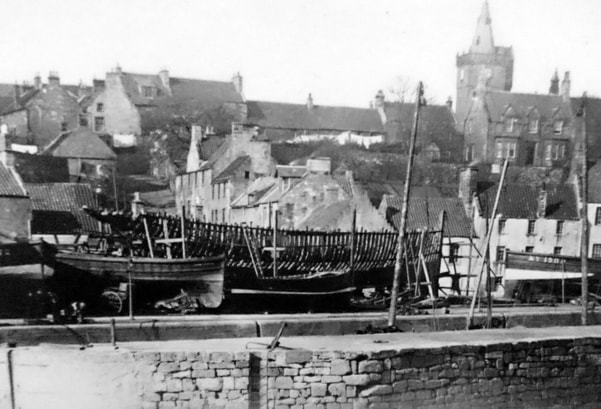
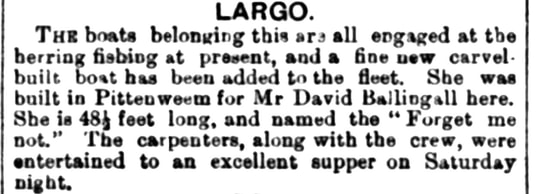

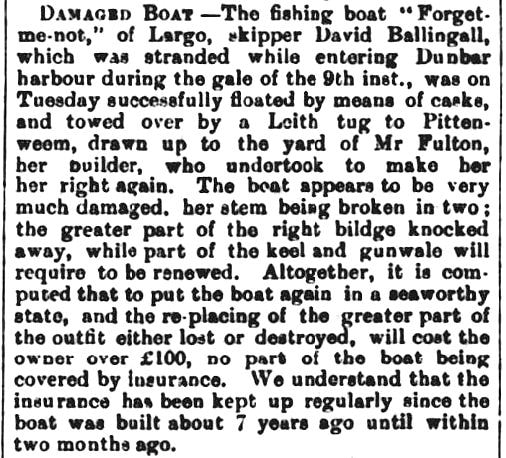
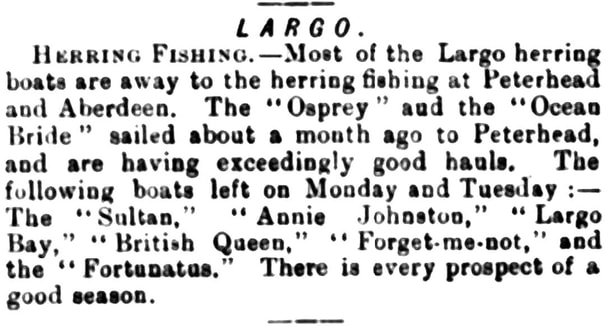

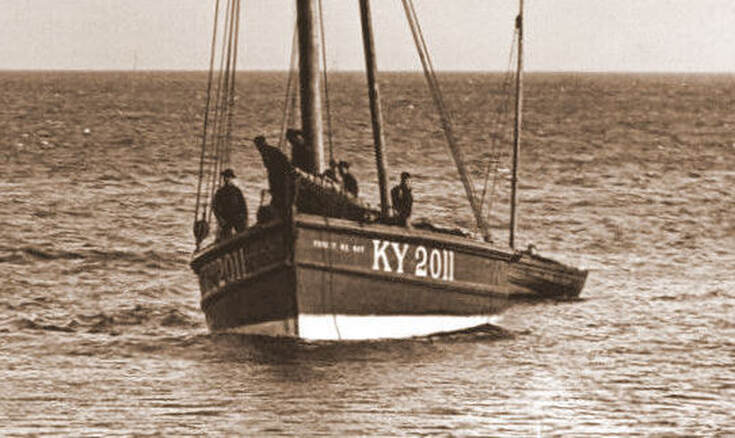

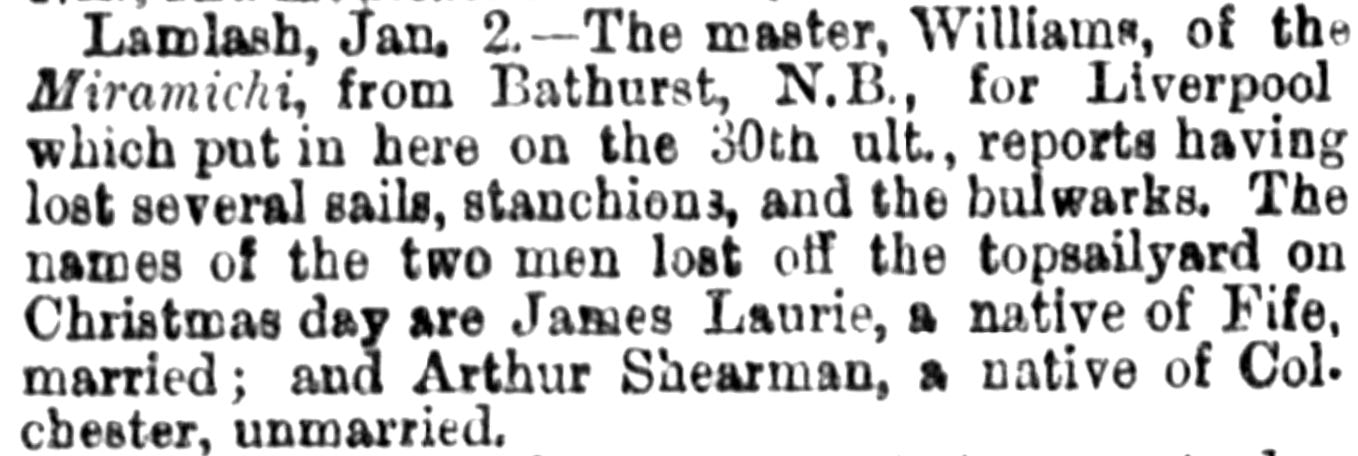
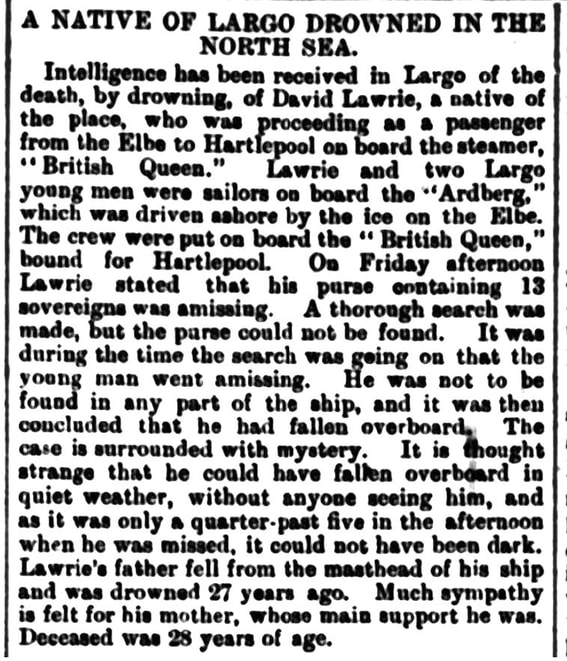
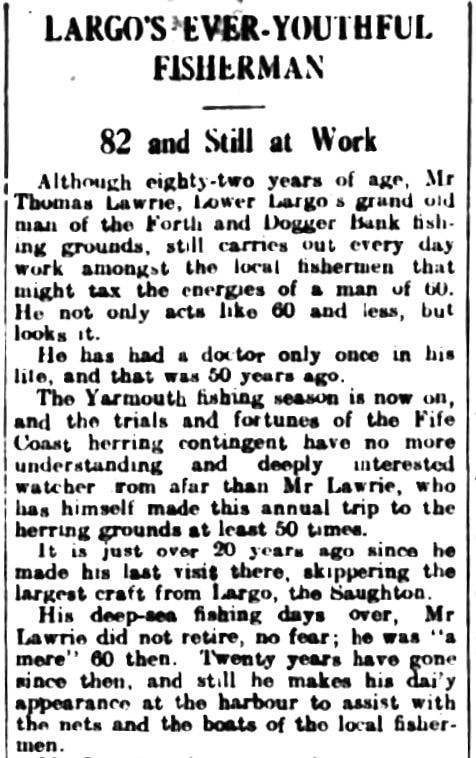
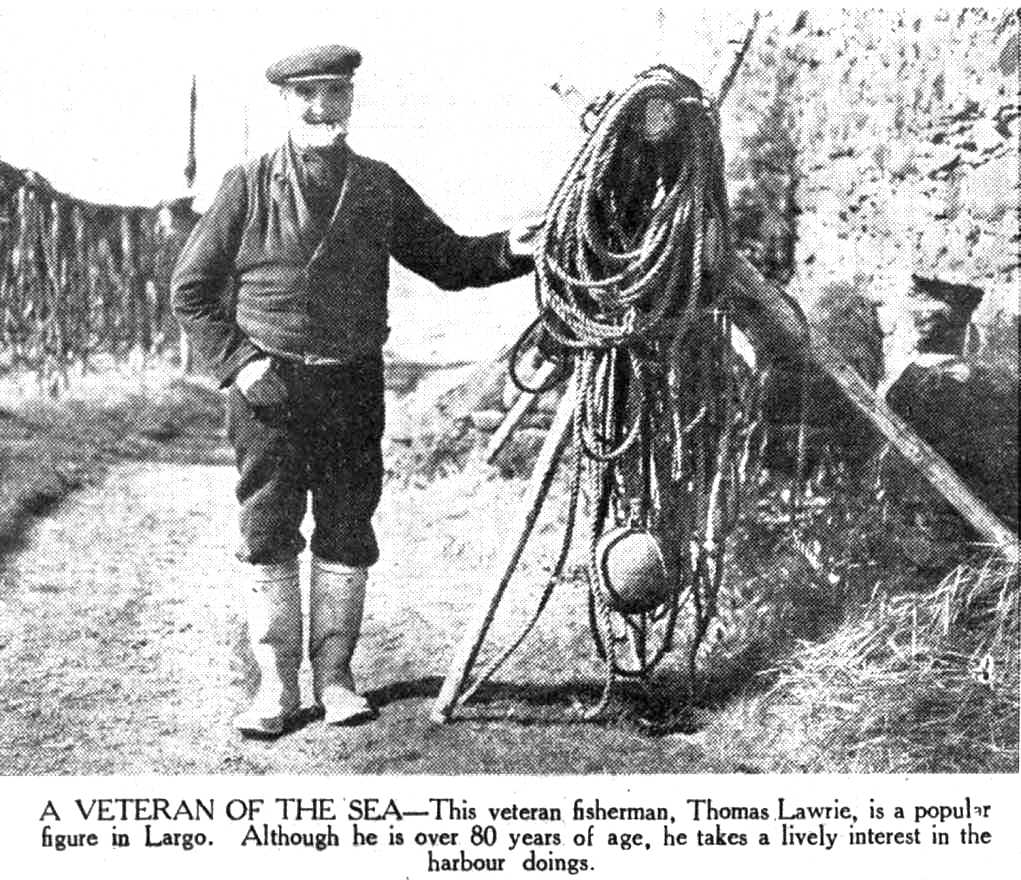
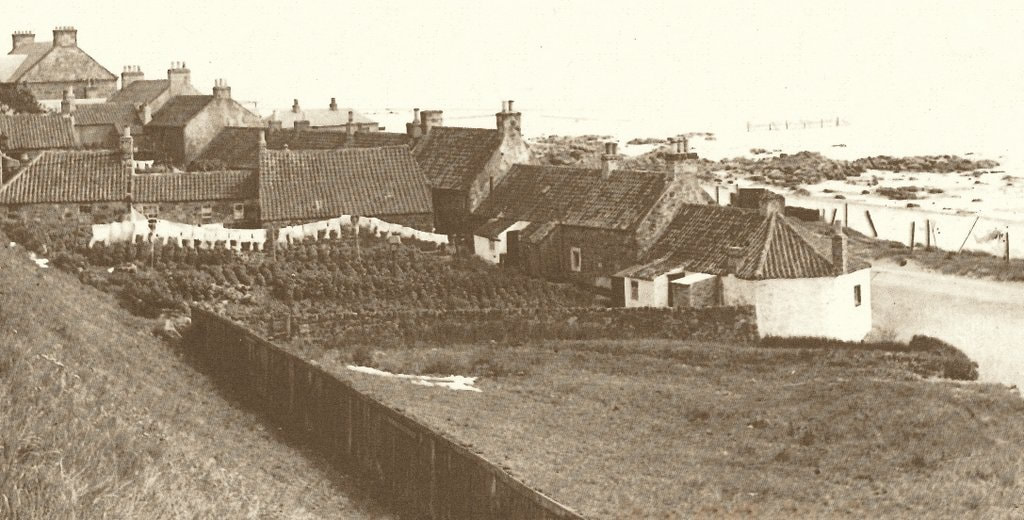
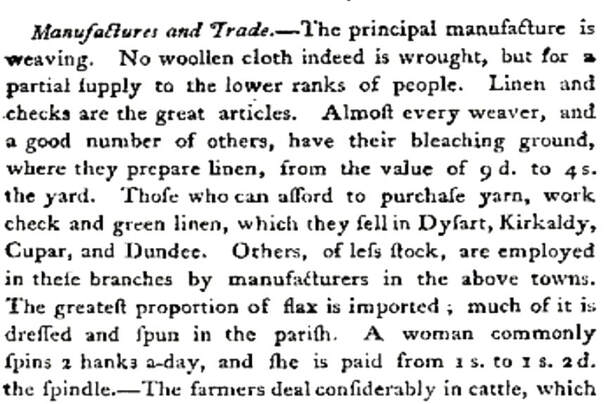
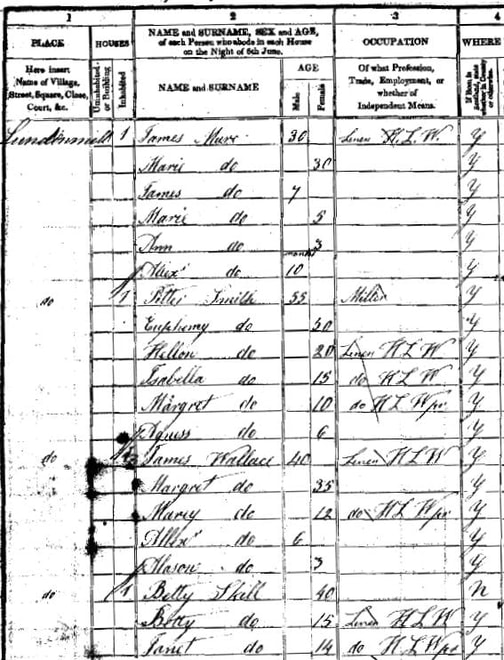
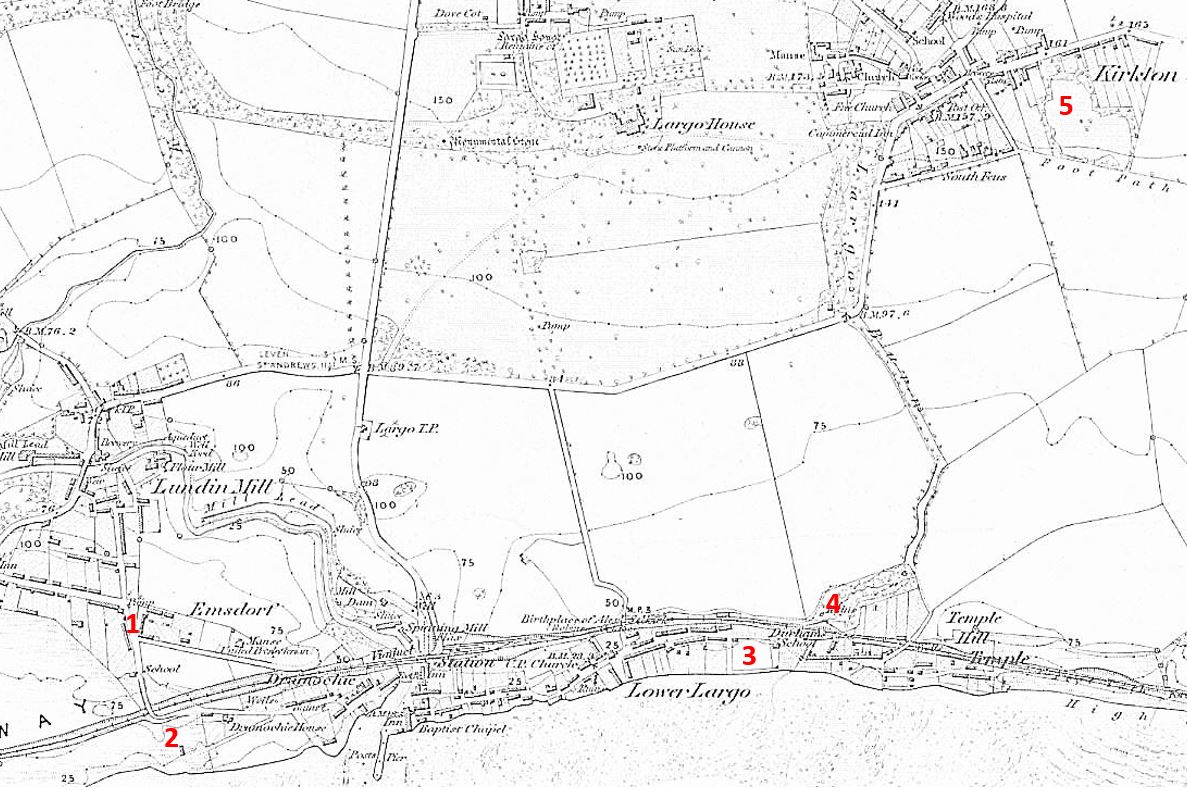
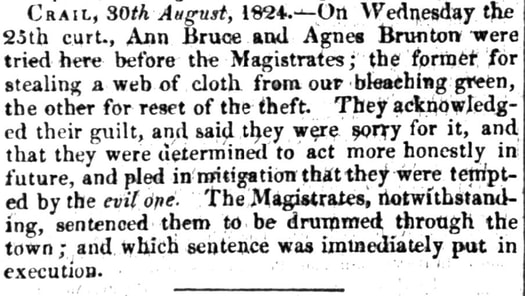
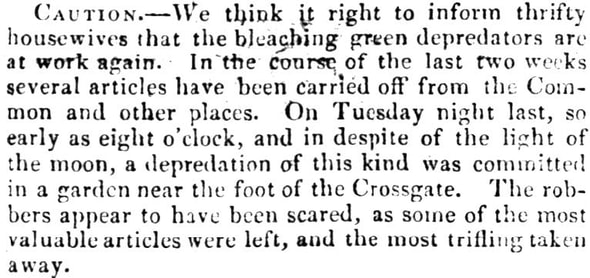
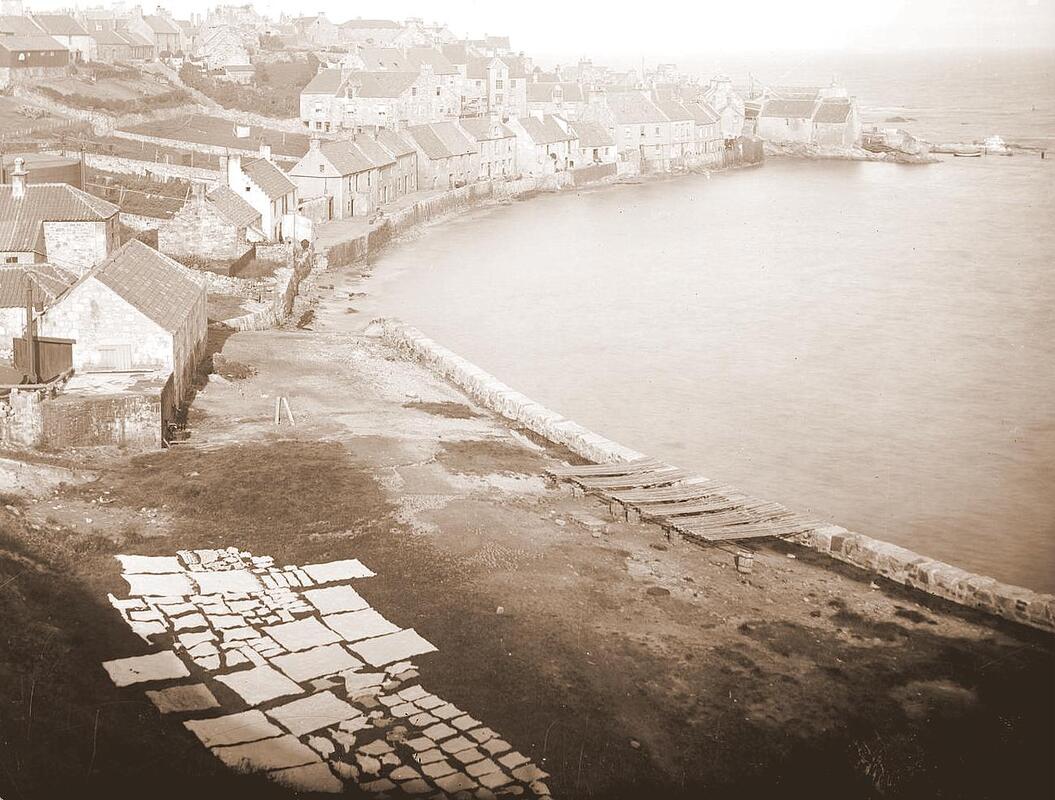



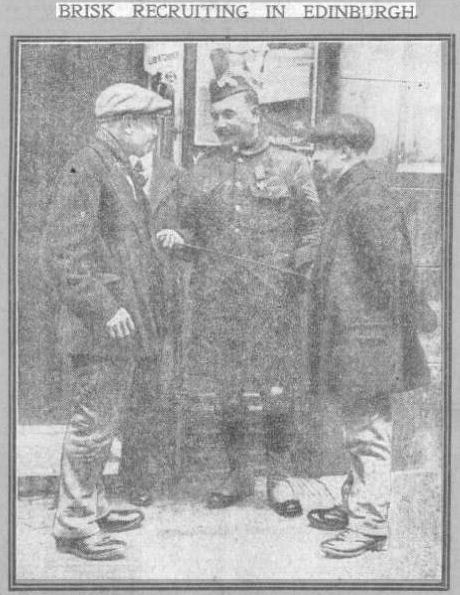
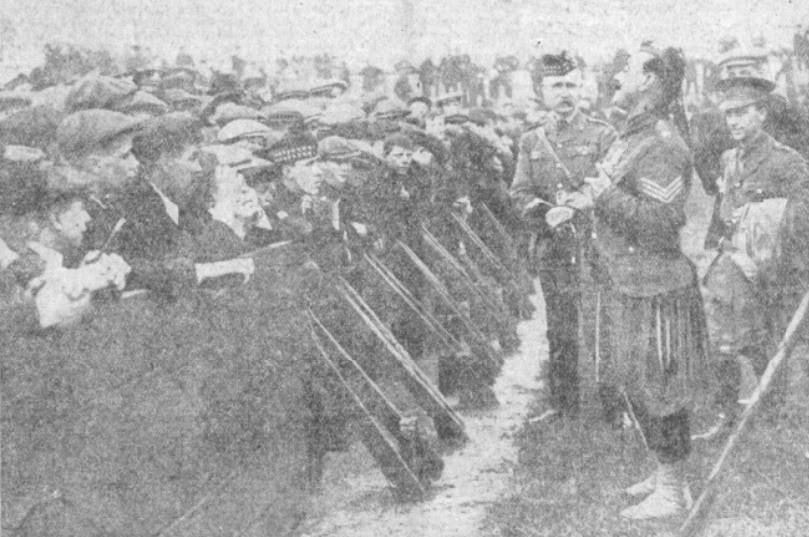


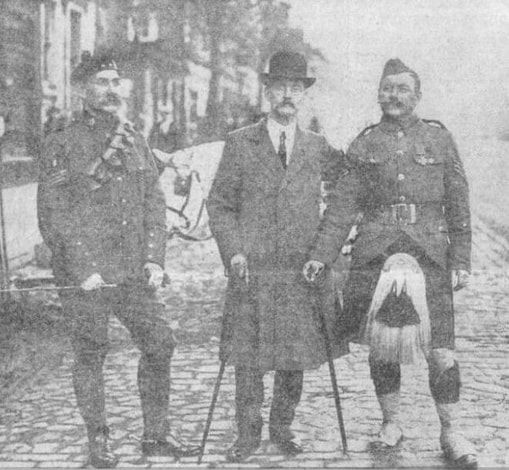
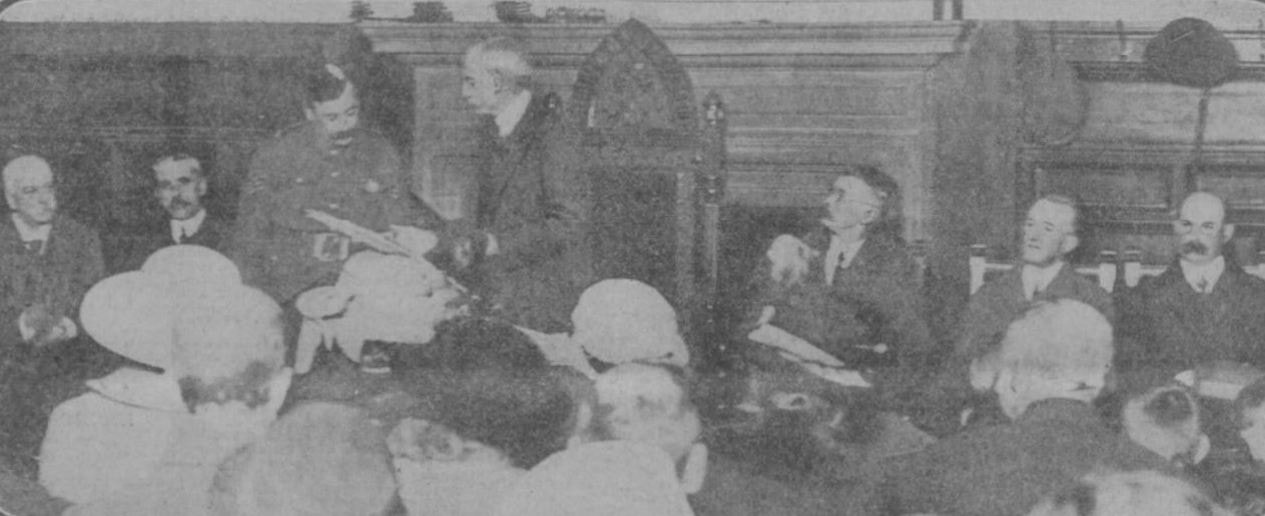
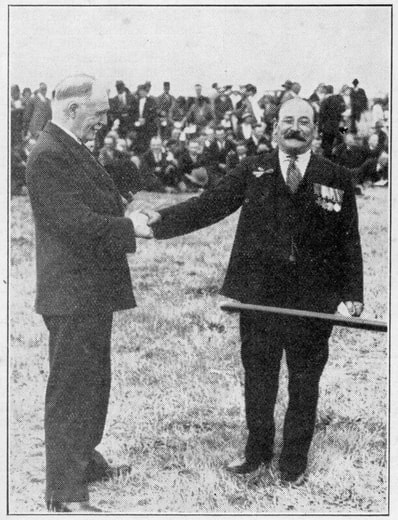
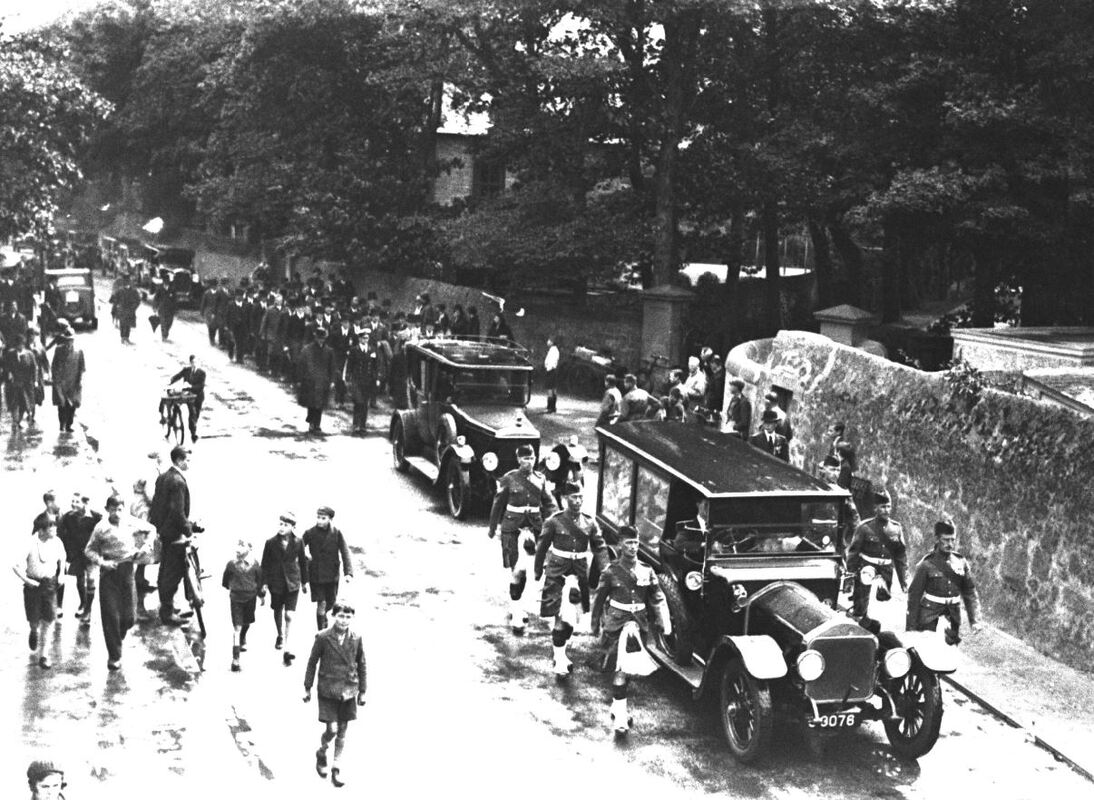
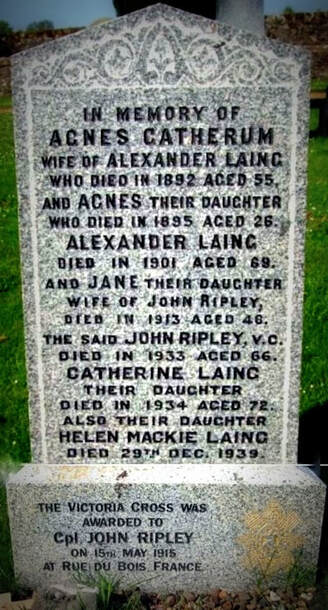
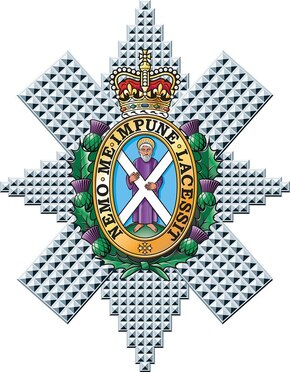
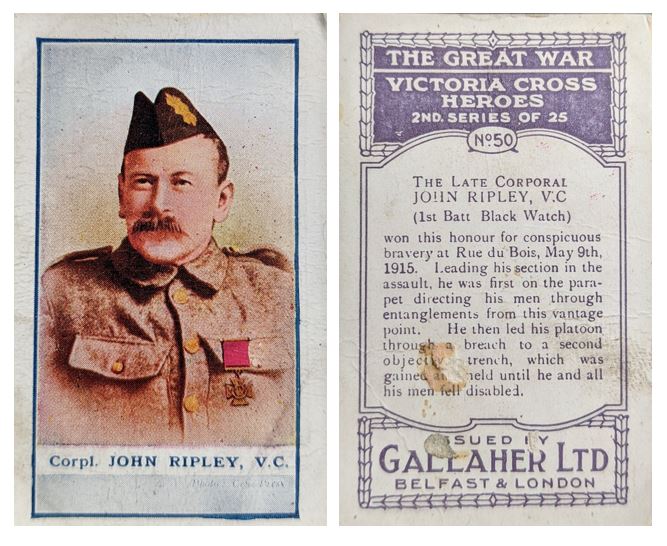
 RSS Feed
RSS Feed
